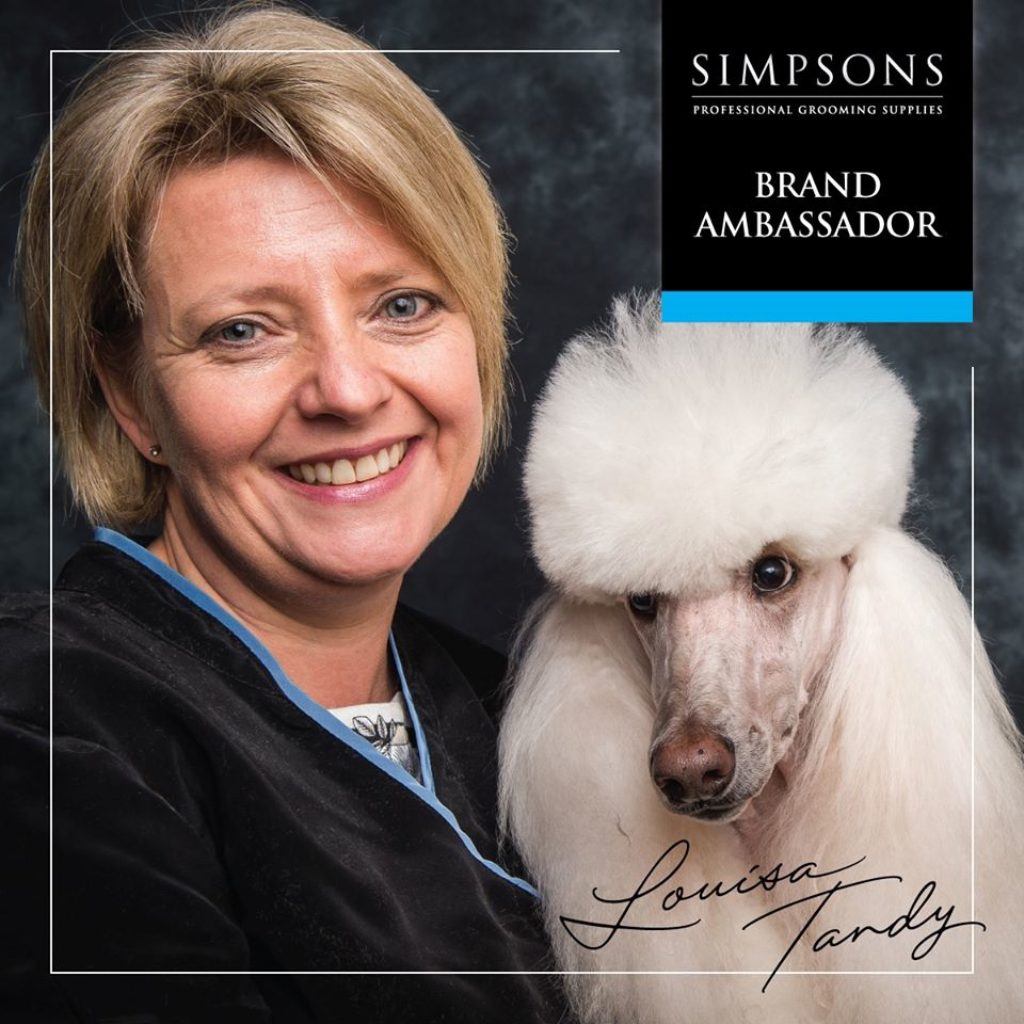There are times that we may want to make the coat look like it is handstripped. Not to deceive the owners but to give their clipped dog the illusion of being stripped, or as close to it as we can.
Carding is a fairly quick and simple process that concentrates on removing undercoat but still leaving the guard hairs. This process is used during handstripping too but in this article we are looking at the clipped coat. You probably already know that handstripping the coat protects the natural colour , shine and texture and that clipping can alter the coat
Here are a few tricks that you can do to to improve the clipped coat. This can be viewed as an extra service even if it was only an extra £2 or £3.
There is a limit to what we can achieve with a clipped coat. Wire coats such as terriers are much easier to work with. By removing the fluffy undercoat we can encourage the richer coloured, wiry hairs to come through. This means coats such as Welsh Terriers and Airedales can look much nicer with a darker more prominent colour.
White coats don’t really need the extra effort although it can make clipping a little easier it is always worth giving a few minutes attention to coloured patches with Wire Fox terriers
Silky coats such as spaniels can be a little trickier. It is very likely that neutered coats such as a cocker will never regain their shine but you can help with the colour. The darker colours don’t tend to lose their colour as much but always benefit from a bit of attention.
Feathering can also be kept in check and easier to manage to buy following these simple procedures
Right well you need to choose your weapon of choice.
This could depend on preference and coat type, you will also find some kind of stripping product helpful such as plucking powder or chalk.
Most carding is done before bathing or clipping but, experiment yourself to decide which technique works best for you. In both coat types you will need to keep the skin taut with one hand and use the carding tool in short strokes with the other.
Be careful you don’t over card and scratch the skin though.
Hopefully these tips will give your styling a little more flair and, make your work stand out from the crowd.


Welcome to my blog. I’ve been grooming dogs professionally for nearly 30 years, during which time I’ve become a member of the Guild of Master Groomers and, one of the founding members of the English Groomers Group. Here you’ll find grooming tips, advice and inspiration to help you develop your skills and make working life a little easier. I’m always interested to read your comments and, answer any questions you may have. Thanks for reading.
Louisa

GROOMERS GALLERY
Website design: Out of House
01354 691 830